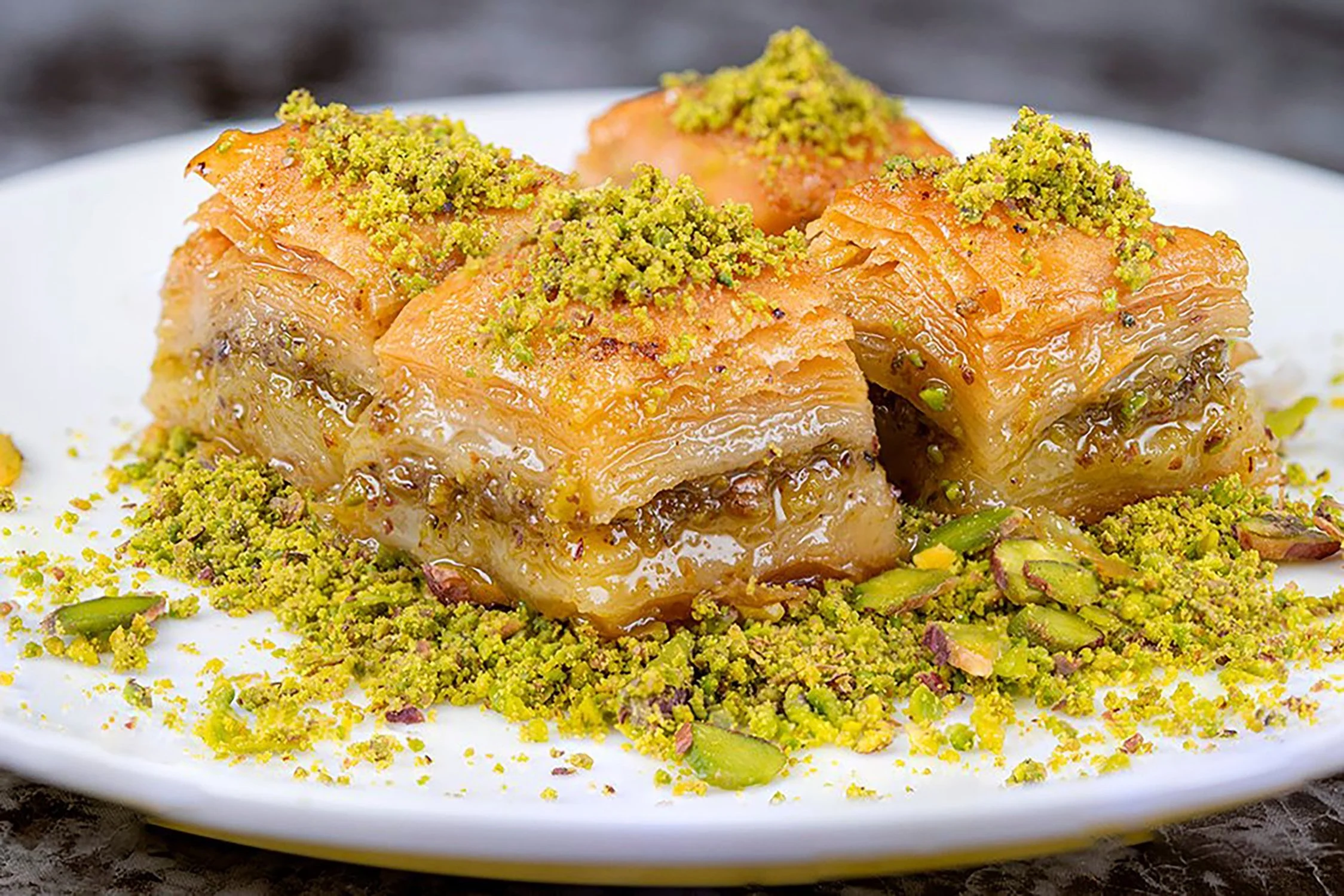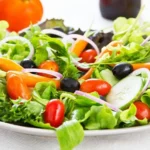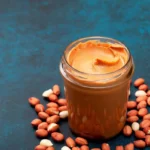
Baklava is a beloved pastry that has captured the hearts and taste buds of many around the world. Known for its rich layers of phyllo dough, chopped nuts, and sweet syrup, baklava is not only a delicious treat but also a symbol of cultural heritage and celebration. With its origins rooted in the Middle East and Mediterranean regions, this dessert has a fascinating history and a variety of intriguing aspects that make it a standout choice for special occasions and everyday indulgence alike. Here are some interesting facts that delve deeper into the world of baklava.
Origin: Baklava is widely believed to have originated in the Ottoman Empire, with its roots tracing back to ancient Assyrian and Byzantine times. Historical accounts suggest that it was created by the Assyrians around 800 B.C., where they layered dough with nuts and honey. The dessert evolved over centuries, particularly during the Ottoman period, when it became a staple in royal kitchens. The Ottoman sultans would serve baklava to their guests as a symbol of hospitality and luxury, cementing its status as a cherished delicacy.
Layers: Traditional baklava is characterized by its many layers of phyllo dough, typically consisting of 40 to 50 sheets. Each layer is brushed with melted butter, which helps create a flaky texture once baked. The process of layering is labor-intensive, requiring skill and patience. The layers are often interspersed with finely chopped nuts, which contribute to the dessert’s rich flavor profile. The combination of crispy layers and nutty filling is what makes baklava so distinctive and beloved.
Nuts: The most common nuts used in baklava are walnuts, pistachios, and almonds. Each type of nut brings its unique flavor and texture to the dessert. For instance, walnuts offer a robust and earthy taste, while pistachios add a subtle sweetness and vibrant green color. In some regions, such as Greece, the use of almonds is more prevalent. The choice of nuts can vary based on local preferences and availability, and the nuts are usually finely chopped and mixed with spices like cinnamon before being layered between the phyllo dough.
Honey and Syrup: Baklava is traditionally sweetened with honey or a sugar syrup, often flavored with lemon juice or rosewater. The syrup is poured over the baked baklava while it is still hot, allowing it to soak into the layers and enhance the sweetness. Honey, a natural sweetener, adds depth and complexity to the flavor, while lemon juice can provide a refreshing contrast. In some variations, rosewater is used to impart a floral note, making the dessert even more aromatic and enticing.
Cultural Significance: Baklava holds cultural significance in many Middle Eastern and Mediterranean cultures, including Turkish, Greek, and Arabic cuisines. It is often served during special occasions such as weddings, religious holidays, and family gatherings. In Turkey, baklava is considered a national dessert and is often associated with hospitality. Each culture has its unique way of preparing and presenting baklava, reflecting local traditions and culinary practices, making it a symbol of shared heritage.
World Record: The largest baklava ever made weighed approximately 1,400 kg (3,086 lbs) and was created in Turkey in 2019. This monumental baklava was a part of a festival celebrating the dessert, showcasing the skill and creativity of local bakers. The record-breaking baklava was made with thousands of layers of phyllo dough and a vast quantity of nuts and syrup, demonstrating the ambitious scale of this culinary feat. Such events not only promote baklava but also bring communities together in celebration of their culinary traditions.
Baklava Day: National Baklava Day is celebrated in the United States on December 17 each year. This day honors the rich history and cultural significance of baklava, encouraging people to indulge in this delicious dessert. On this day, baklava is often featured in bakeries and restaurants, and many people take the opportunity to make it at home. The celebration highlights the growing popularity of baklava in American cuisine and its recognition as a beloved dessert among diverse communities.
Variations: There are numerous regional variations of baklava, including Turkish baklava, Greek baklava, and Lebanese baklava, each with unique ingredients and preparation methods. For example, Turkish baklava is known for its use of pistachios and a lighter syrup, while Greek baklava often incorporates cinnamon and uses walnuts. Lebanese baklava may include a variety of nuts and is sometimes shaped into different forms. These variations reflect local tastes and traditions, making baklava a versatile dessert enjoyed in many forms across the globe.
Phyllo Dough: Phyllo dough, which is used to make baklava, is made from flour, water, and a small amount of oil or vinegar, rolled out into thin sheets. The dough is known for its delicate and flaky texture, which is achieved through a labor-intensive process of rolling and stretching. Each sheet of phyllo is incredibly thin, often transparent, and requires careful handling to prevent tearing. The use of phyllo dough is what gives baklava its signature crispiness, creating a delightful contrast with the nut filling.
Serving Size: A typical serving of baklava is about 1 to 2 ounces (28 to 56 grams). This serving size allows for a satisfying taste of the rich, sweet dessert without overwhelming the palate. Given its richness and high calorie content, baklava is often enjoyed in small portions, making it a perfect treat for sharing during gatherings or celebrations. The dessert is typically cut into diamond or square shapes, making it easy to serve and eat. This portion control also helps to appreciate the intricate flavors and textures that baklava offers, as each bite combines the crunch of phyllo, the chewiness of the syrup, and the nuttiness of the filling.
Calories: A single piece of baklava can contain around 150 to 300 calories, depending on the size and ingredients used. The calorie count varies based on the type of nuts, the amount of syrup or honey, and the thickness of the phyllo layers. Because baklava is rich in fats from the nuts and butter, it is considered a high-calorie dessert. Despite its indulgent nature, baklava is often enjoyed in moderation, allowing people to savor its flavors without excessive caloric intake.
Historical Texts: The earliest known recipes for baklava date back to the 15th century in Ottoman cookbooks. These historical texts provide insight into the ingredients and methods used to prepare baklava during that time. The recipes often included detailed instructions on layering the phyllo dough and preparing the syrup, reflecting the dessert’s importance in Ottoman culinary culture. As baklava spread across regions, each culture adapted the recipes, contributing to the evolution of this beloved dessert.
Culinary Techniques: The process of making baklava involves layering the phyllo dough, brushing it with melted butter, and baking until golden brown. The meticulous layering technique is crucial for achieving the desired texture, where each layer becomes crispy and flaky. Once baked, the hot syrup is poured over the baklava, allowing it to soak into the layers. This combination of baking and syrup soaking creates a delightful contrast between the crispy exterior and the sweet, moist interior, making baklava a true culinary masterpiece.
Baklava in Literature: Baklava is mentioned in various literary works, including the 19th-century book “The Book of Turkish Cookery.” This book, along with others, highlights the significance of baklava in Turkish cuisine and its historical context. Literature often reflects cultural practices, and the inclusion of baklava in culinary texts showcases its role as a cherished dessert. Such references contribute to the understanding of baklava’s evolution and its place in the culinary heritage of various cultures.
Baklava Festivals: Various countries host baklava festivals, celebrating this dessert with competitions and tastings. These festivals often feature baklava-making contests, where bakers showcase their skills and creativity. Attendees can sample different variations of baklava, learning about regional differences and unique ingredients. Baklava festivals not only promote the dessert but also foster community spirit, as people come together to celebrate their shared culinary traditions and enjoy the delicious treats.
Baklava and Coffee: In Turkey, baklava is often served with Turkish coffee, creating a traditional pairing that enhances the dining experience. The strong, rich flavor of Turkish coffee complements the sweetness of baklava, balancing the dessert’s richness. This combination is a staple in Turkish hospitality, where serving coffee and sweets is a sign of generosity. The ritual of enjoying baklava and coffee together has become a cultural practice, symbolizing warmth and friendship among guests.
Export: Turkey is one of the largest producers and exporters of baklava, with many shops dedicated to this sweet treat. The country’s baklava is renowned for its quality, often made using traditional methods and high-quality ingredients. Turkish baklava has gained international acclaim, leading to its availability in various countries around the world. The export of baklava not only showcases Turkey’s culinary heritage but also contributes to the global appreciation of this delicious dessert.
Baklava in Modern Cuisine: Chefs around the world have reinvented baklava, incorporating modern flavors and presentations. Innovative variations may include unique fillings, such as chocolate or fruit, and contemporary plating techniques that elevate the traditional dessert. This creative approach has made baklava appealing to a broader audience, allowing it to transcend cultural boundaries while still honoring its rich history. Modern baklava can be found in gourmet restaurants and fusion eateries, reflecting the dessert’s adaptability.
Cost: The price of baklava can vary significantly, with some artisanal versions costing upwards of $5 to $10 per piece in upscale bakeries. Factors influencing the price include the quality of ingredients, the complexity of the preparation, and the reputation of the bakery. While traditional baklava can be made at home at a lower cost, premium versions often feature high-quality nuts and unique flavorings, justifying the higher price. This variety in pricing makes baklava accessible to many, from casual treats to luxury desserts.
Cultural Symbol: Baklava holds significant cultural importance in many regions, particularly in the Middle East, Mediterranean, and Balkan countries. It is often associated with celebrations and special occasions, being a staple at weddings, religious holidays, and family gatherings. The sweet pastry is not only a treat but also a symbol of hospitality and tradition, reflecting the rich culinary heritage of the cultures that embrace it. During festive seasons, baklava is frequently prepared in large quantities and shared among family and friends, reinforcing social bonds and communal ties.
Baklava and Health: While baklava is indeed high in calories and sugar due to its syrupy sweetness and buttery layers, it also offers some nutritional benefits, primarily from the nuts used in its preparation. Nuts like walnuts, pistachios, and almonds are rich in healthy fats, protein, vitamins, and minerals. They provide essential nutrients and can contribute to heart health when consumed in moderation. However, it’s important to be mindful of portion sizes, as the indulgent nature of baklava can lead to overconsumption, especially for those watching their calorie intake.
Baklava and Art: The preparation of baklava is often regarded as an art form, with skilled bakers showcasing their craftsmanship through intricate designs and layering techniques. The process involves rolling out thin sheets of dough known as phyllo, which are carefully brushed with butter and layered with finely chopped nuts. Some bakers create elaborate patterns or shapes, making each piece not only a delicious dessert but also a visual delight. The artistry involved in baklava-making is celebrated in various culinary traditions, where bakers take pride in their ability to create beautiful and delicious confections that reflect their cultural identity.
Storage: Proper storage of baklava is essential to maintain its unique texture and flavor. While it can be stored at room temperature for several days, it is best kept in an airtight container to prevent it from becoming soggy or losing its crispness. If properly sealed, baklava can last up to a week without significant loss of quality. For longer storage, it can be refrigerated, although this may alter its texture slightly. To enjoy baklava at its best, it is recommended to consume it fresh or within a few days of preparation.
Baklava in Pop Culture: Baklava has made its way into various films and television shows, often serving as a representation of Middle Eastern or Mediterranean culture. Its presence in pop culture highlights the dish’s exotic appeal and rich flavors, making it a favorite among characters that embody cultural diversity. Whether featured in a romantic scene, a family gathering, or as a symbol of heritage, baklava serves as a delicious reminder of the culinary traditions that span across borders and connect people through shared experiences.
Popularity: Baklava’s popularity has transcended its traditional regions, finding a place in the hearts and palates of people worldwide. In recent years, its appeal has grown significantly in North America and Europe, where it is often featured in Middle Eastern restaurants and dessert shops. The increasing interest in international cuisines has led to a wider appreciation for baklava, with many variations emerging that incorporate local flavors and ingredients. This growing popularity has helped to introduce baklava to new audiences, allowing them to experience its rich history and delightful taste.
Frequently Asked Questions About Baklava
What is Baklava?
Baklava is a rich, sweet pastry made with layers of filo dough filled with chopped nuts, typically pistachios, walnuts, or almonds. It is soaked in a sweet syrup or honey and often topped with a sprinkle of powdered sugar or chopped pistachios. Baklava is a popular dessert in many Middle Eastern and Mediterranean countries, including Turkey, Greece, and Syria.
What are the main ingredients in Baklava?
The main ingredients in Baklava are:
- Filo dough: This is a thin, flaky pastry dough that is often used in Middle Eastern and Mediterranean cuisine.
- Nuts: The most common nuts used in Baklava are pistachios, walnuts, and almonds.
- Sweet syrup or honey: This is a sweet liquid that is used to soak the Baklava after it is baked.
- Butter or clarified butter: This is used to grease the baking pan and the layers of filo dough.
- Ground cinnamon: This is often used to flavor the nut mixture.
How is Baklava made?
The process of making Baklava involves several steps:
- Prepare the filling: The nuts are chopped and mixed with ground cinnamon and other spices, if desired.
- Prepare the filo dough: The filo dough is thawed and kept covered with a damp towel to prevent it from drying out.
- Assemble the Baklava: The filo dough is layered in a greased baking pan, with each layer being brushed with butter or clarified butter. The nut mixture is then spread over the layers.
- Bake the Baklava: The Baklava is baked in a preheated oven until it is golden brown and crisp.
- Soak the Baklava: After baking, the Baklava is soaked in a sweet syrup or honey until it is thoroughly saturated.
- Serve: The Baklava is typically served cold and topped with powdered sugar or chopped pistachios.
What is the best way to store Baklava?
Baklava can be stored at room temperature for up to 5 days. It should be kept in an airtight container to prevent it from drying out.
What is the difference between Baklava and Baklava Rolls?
Baklava Rolls are a variation of Baklava that is made by rolling up the filo dough and nut mixture into logs. They are then sliced and baked, and finally soaked in a sweet syrup.
Where can I find Baklava?
Baklava is widely available in Middle Eastern and Mediterranean restaurants and bakeries. It can also be found in some grocery stores and specialty food shops.









